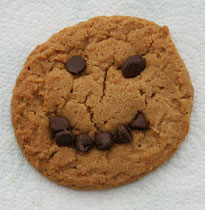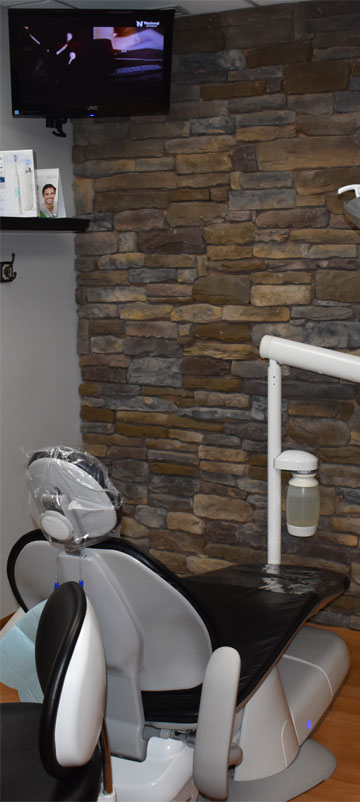 With baskets full of candy and treats, this can be a difficult time of year for parents to monitor what their kids are eating. Hopefully there were a few healthy choices in the basket. Now more than ever, kids are faced with an array of food choices — from fresh produce to sugar-laden processed convenience meals and snack foods. What children eat and when they eat it may affect not only their general health but also their oral health.
With baskets full of candy and treats, this can be a difficult time of year for parents to monitor what their kids are eating. Hopefully there were a few healthy choices in the basket. Now more than ever, kids are faced with an array of food choices — from fresh produce to sugar-laden processed convenience meals and snack foods. What children eat and when they eat it may affect not only their general health but also their oral health.
Americans are consuming foods and drinks high in sugar and starches more often and in larger portions than ever before. It seems that junk foods have gradually replaced nutritious beverages and foods for many people. Perhaps much of this is due to convenience. The ease and availability of fast food often makes this a convenient decision.
For example, the average teenage boy in the U.S. consumes 81 gallons of soft drinks each year! Alarmingly, a steady diet of sugary foods and drinks can ruin teeth, especially among those who snack throughout the day. Common activities may contribute to the tendency toward tooth decay. These include habitually grazing on foods with minimal nutritional value, and frequently sipping on sugary drinks.
When sugar is consumed over and over again in large, often hidden amounts, the harmful effect on teeth can be dramatic. Sugar on teeth provides food for bacteria, which produce acid. The acid in turn can eat away the enamel on teeth.
Almost all foods have some type of sugar that cannot and should not be eliminated from our diets. Many of these foods contain important nutrients and add enjoyment to eating. But there is a risk for tooth decay from a diet high in sugars and starches. Starches can be found in everything from bread to pretzels to salad dressing, so read labels and plan carefully for a balanced, nutritious diet for you and your kids.
Reduce your children’s risk of tooth decay:
- Sugary foods and drinks should be consumed with meals. Saliva production increases during meals and helps neutralize acid production and rinse food particles from the mouth.
- Limit between-meal snacks. If kids crave a snack, offer them nutritious foods.
- If your kids chew gum, make it sugarless – Chewing sugarless gum after eating can increase saliva flow and help wash out food and decay-producing acid.
- Monitor beverage consumption – Instead of soft drinks all day, children should also choose water and low-fat milk.
- Help your children develop good brushing and flossing habits.
- Schedule regular dental visits.



